
My name is Alex Truell. I'm the editor for the Rathe Times. I'm a casually competitive player overseeing the growth of a Flesh and Blood scene in Ripon, WI.
Strategically, I try not to follow trends, instead fixating on cards and tactics just outside the mainstream. I view this game through the lens of a player who cares about the competitive environment, but doesn't have to live in it; an optimist who loves the game, but can take a step back to critique it; and a deckbuilder who revels in novelty.
Thoughts and Baubles is an editorial space for the Rathe Times, where I discuss the game and respond to the community.
Joris Verhelst is officially the last person to play- and win- with Prism, Sculptor of Arc Light in Classic Constructed. In a matchup for the ages at The Calling: Lille, Joris faced down Briar's two-tiered assault, defending against both physical and arcane damage, as he pulled together a hand and a board state that could win him the game.
And so it was that Prism, Sculptor of Arc Light attained the status of Living Legend- alongside her legendary weapon, Luminaris.
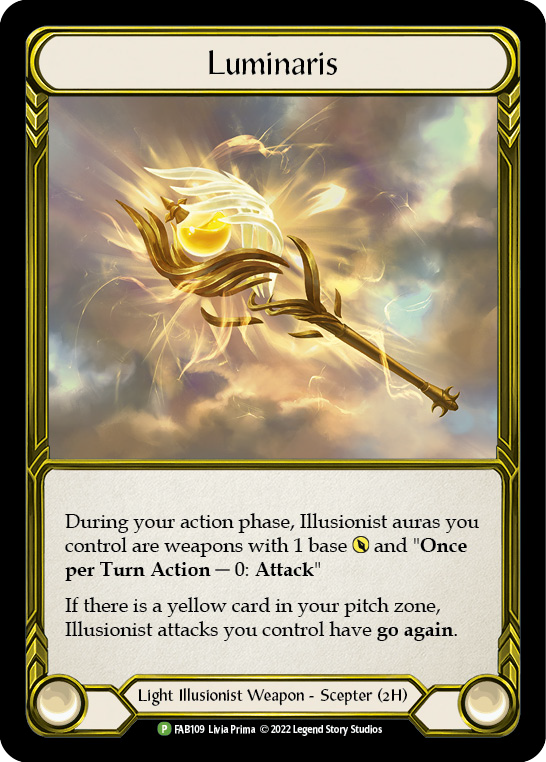

This is Living Legend as it was meant to be. Not as a pressure valve to repair an unbalanced meta. Not as the final stop for a problematic hero. But as a culmination of a long career as a favorite of the playerbase and a constant influencer of deckbuilding. Prism's departure leaves a notable wake, and the metagame that emerges on the other side will allow new decks to find success.
We haven't really had the opportunity to experience this before. To date, three heroes have stepped out of the Classic Constructed format, each with very different forces at play in their journey.
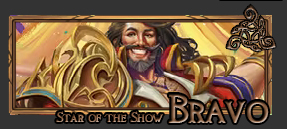
For Bravo, Star of the Show (colloquially known as "Starvo", despite the best efforts of the "Bravatar" camp), Living Legend came too soon. Released in Everfest, Bravo immediately made a name for himself, warping the format around him. His power may have read like a novelty, but players soon found ways to make it consistent, to the point that fairly wide variation between decklists even became possible. It was incredibly hard for any deck to counter him, even as cards were suspended and banned to tone him down.
Meanwhile, the state of the world created more opportunity for major events, and therefore more opportunities for Bravo to win events and amass points toward Living Legend. The writing was on the wall: this would all be over quickly, so let's let it happen. Bravo didn't even make it to the next set before he exited stage left, leaving players with a bad taste in their mouth, whether they were on the Starvo train or getting hit by it.
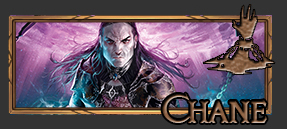
Chane had a much longer journey to the top, but no less controversial. Released in Monarch, Chane spent the first few months of his career dominating tournaments. LSS answered by removing Seeds of Agony from his arsenal just before Tales of Aria's release; and combined with the debut of a new Runeblade hero in the form of Briar, his play rate drastically dropped, slowing what had been a rapid and steady climb toward Living Legend.
In the months that followed, Chane remained a threat, but a relatively neutered one. There was a feeling that he was, perhaps appropriately, shackled and held back. By the time Pablo Pintor won Pro Tour: New Jersey with Chane, Living Legend felt like a final acknowledgement that it was time to put that whole mess behind us. Chane was damaged goods, and perhaps they'd get him right the next time around.
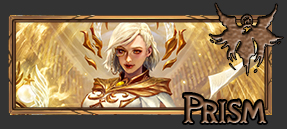
With Prism, things are different. Prism was no less a competitively viable hero than Bravo or Chane- she often found herself positioned with them in meta triangles during Starvo's reign- but she never truly dominated tournament outcomes for any stretch of time. She was just a solid meta contender that needed to be accounted for in each and every tournament. Over the 15 months from release to retirement, Prism's decklists and strategies evolved significantly, making her a dynamic character to follow; and while certain approaches would take center stage for a time, there were always alternatives that could find success.
Prism ran her entire competitive career without the need for intervention. She was never subject to errata, and none of her cards were banned or suspended. She claimed her final Living Legend points in a varied and healthy meta that provided her no inevitability, no guarantees of success. And as she exits, she bequeaths her class and trait cards to Dromai and Boltyn, respectively- heroes who are eager to find a greater share of the spotlight in her absence.
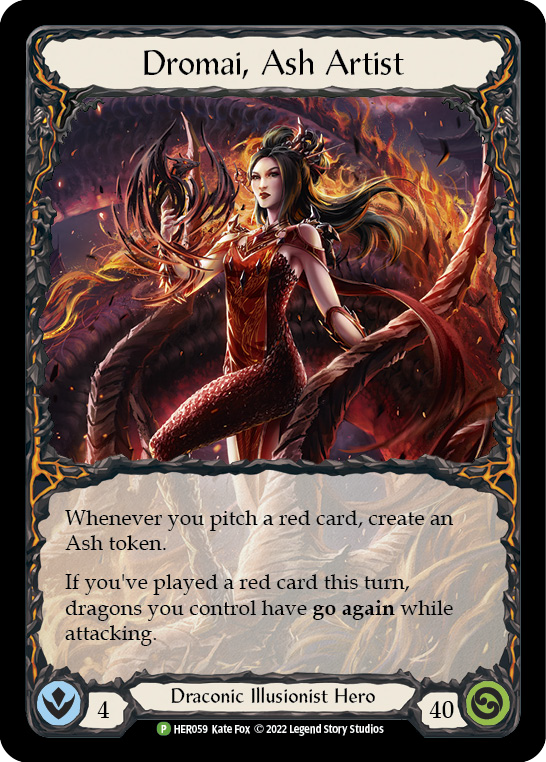
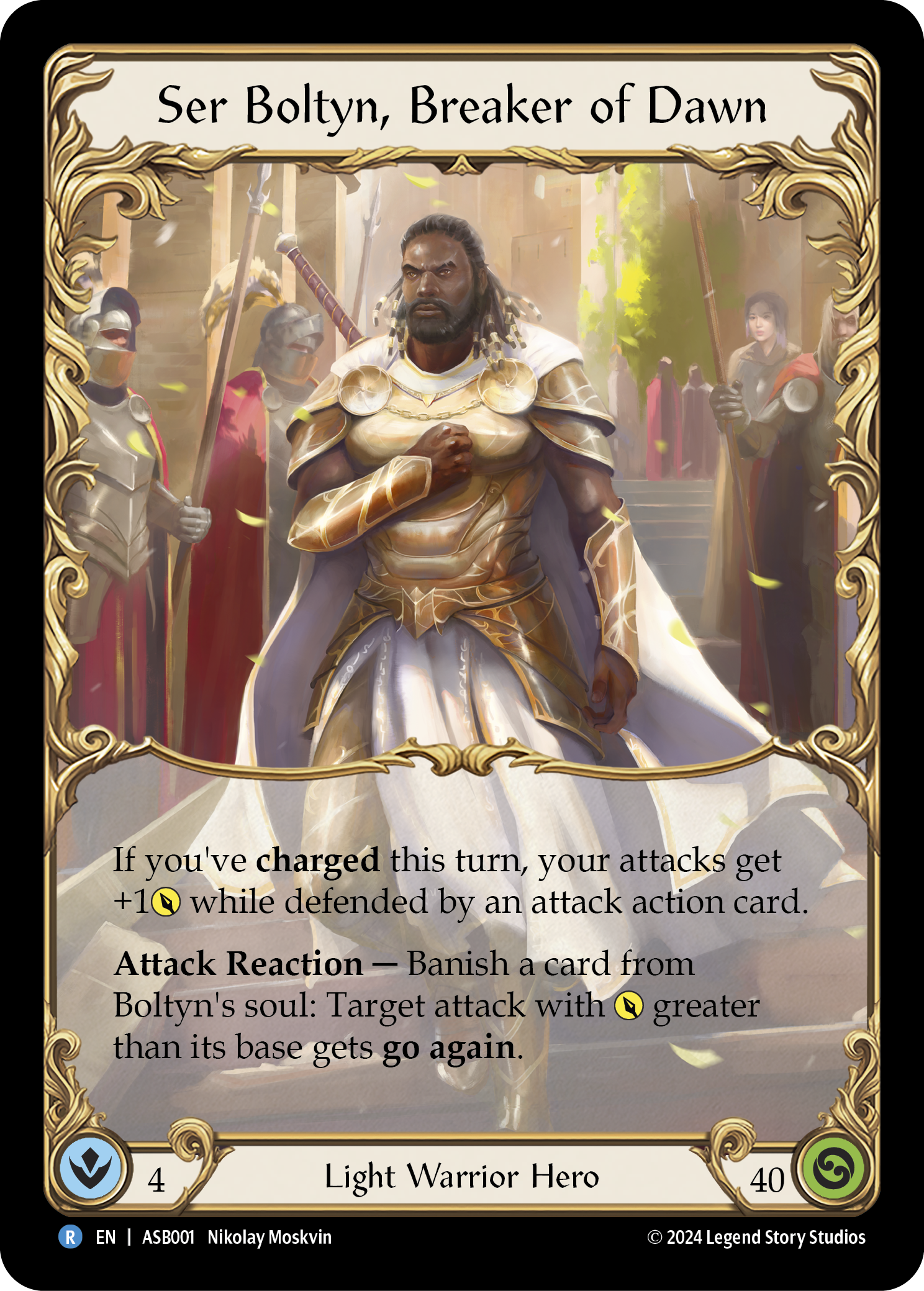
Living Legend does carry with it the frustrating element of unequal replacement. Dromai may give berth to Prism's Illusionist cards and Boltyn can carry on the Light's efforts, but neither can fulfill both- which leaves a pool of cards without a deck for the moment. For those with prior TCG experience, this will feel familiar; it's a common industry practice to feature a 'rotation', often based on age of product, to keep the meta fresh and drive more sales. But it still feels bad to have invested a lot of time and money in Prism, only to find yourself setting aside that deck without a reunion on the horizon. There are, of course, other formats where Prism is still legal, but those who find little solace there are right to say so.
In the end, the game must evolve, and letting one deck remain forever at the fore would do more damage than good. The best you can ask is that the timing hits right- not too quick, but not too late- and that the refreshed meta on the other side feels lively and exciting.
In Prism's case, I firmly believe that to be true.



